

Articles
How To Store Spinach For Months
Modified: February 28, 2024
Learn how to store spinach for long periods of time with these helpful articles. Follow these tips for keeping your spinach fresh and flavorful for months.
(Many of the links in this article redirect to a specific reviewed product. Your purchase of these products through affiliate links helps to generate commission for Storables.com, at no extra cost. Learn more)
Introduction
Spinach is a nutrient-packed leafy green vegetable that is not only delicious but also incredibly versatile. Whether you enjoy spinach in salads, smoothies, or cooked dishes, it’s important to know how to store it properly to maintain its freshness and taste for an extended period. By employing the right techniques, you can ensure that your spinach remains vibrant and ready to use for months to come.
In this article, we will explore various methods for storing spinach, including freezing, blanching, refrigeration, canning/jarring, and dehydrating. We’ll highlight the benefits and steps involved in each method, providing you with the knowledge you need to make the best choice for your spinach preservation needs. So let’s dive in and learn how to store spinach effectively!
Key Takeaways:
- Preserve spinach’s freshness, flavor, and nutrients for months by freezing, blanching, refrigerating, canning, or dehydrating. Enjoy the convenience and health benefits of having spinach readily available year-round.
- Choose and prepare fresh spinach for optimal storage, and follow proper techniques to ensure its longevity. Reduce food waste, save money, and always have this versatile leafy green on hand.
Read more: How To Store Spinach
The Importance of Proper Storage
Properly storing spinach is crucial for maintaining its quality, flavor, and nutritional value. When spinach is not stored correctly, it can quickly wilt, become limp, and lose its vibrant green color. Additionally, improper storage can lead to a loss of important nutrients such as vitamins A, C, and K, as well as folate and iron.
By following the right storage techniques, you can minimize nutrient loss and extend the shelf life of your spinach. This not only saves you money but also ensures that you always have access to this nutritious vegetable when you need it. Additionally, proper storage can help reduce waste by allowing you to store excess spinach or take advantage of bulk purchases.
Properly stored spinach is also more convenient. Having ready-to-use spinach on hand means you can easily add it to your favorite recipes or enjoy it as a standalone side dish. Whether it’s a quick stir-fry or a hearty salad, having fresh, well-preserved spinach adds nutritional value and enhances the taste of your dishes.
Moreover, proper storage allows you to take advantage of seasonal availability. If you come across a great deal on fresh spinach during its peak season, you can stock up and store it for future use. This allows you to enjoy the benefits of spinach even when it’s out of season or not readily available.
Overall, understanding and implementing proper storage techniques for spinach is not only beneficial for your taste buds and budget but also promotes sustainable living by reducing food waste. By investing a little time and effort into optimal spinach storage, you can preserve its freshness, flavor, and nutritional value for an extended period, ensuring that you always have access to this healthy and versatile vegetable.
Choosing and Buying Fresh Spinach
When it comes to storing spinach, starting with the freshest possible produce is key. Here are some tips for choosing and buying fresh spinach:
- Look for vibrant green leaves: Choose spinach with vibrant, dark green leaves that are free from yellowing, browning, or wilting. The leaves should be crisp and tender to the touch.
- Inspect the stems: Check the stems of the spinach bunch for freshness. They should be firm and moist, without any signs of sliminess or rot.
- Check for freshness indicators: Some packaged spinach may have “best before” or expiration dates. If purchasing loose spinach, look for a “packed on” date to ensure freshness.
- Avoid pre-washed spinach: While it may be tempting to opt for pre-washed spinach for convenience, it is often more prone to spoilage due to excess moisture. It’s best to buy unwashed spinach and wash it yourself prior to storage.
- Consider organic options: If possible, choose organic spinach to minimize exposure to pesticides.
It’s also worth noting that spinach is available in different varieties, including savoy, semi-savoy, and flat-leafed spinach. Each variety has its own unique taste and texture, so feel free to experiment and find the one that suits your preferences best.
When buying spinach, keep in mind the amount you need and how soon you plan to use it. Buying in larger quantities may be more economical, especially if you intend to store it for an extended period.
Now that you know what to look for when choosing and buying fresh spinach, let’s explore the different methods you can use to store it for months to come.
Preparing Spinach for Storage
Before you can store spinach, it’s important to properly prepare it. Follow these steps to prepare your spinach for storage:
- Wash the spinach: Rinse the spinach thoroughly under cold running water to remove any dirt or debris. Gently swish the leaves around to ensure they are clean. If you’re dealing with a large amount of spinach, you may need to wash it in batches.
- Remove excess moisture: Place the washed spinach in a salad spinner or use a clean kitchen towel to gently remove excess moisture. The leaves should be damp but not wet.
- Trim and discard damaged leaves: Inspect the spinach leaves for any bruised or damaged areas. Trim off any wilted or discolored portions and discard them. Only keep the fresh and healthy leaves for storage.
- Optional: Chop or shred the spinach: Depending on your preference and how you plan to use the spinach, you can choose to leave the leaves whole or chop them into smaller pieces. This step is entirely optional, but it can make it easier to portion out the spinach for recipes later on.
Once your spinach is prepped and ready, you can proceed with the storage method of your choice. In the following sections, we will explore five different methods for storing spinach: freezing, blanching and freezing, refrigeration, canning/jarring, and dehydrating.
Each method has its own benefits and steps, so read on to discover how to store your spinach effectively using the method that best suits your needs and preferences.
Method 1: Freezing Spinach
Freezing spinach is a simple and convenient way to preserve its freshness for an extended period. Follow these steps to freeze spinach:
- Blanch the spinach: Blanching helps retain the color, flavor, and nutrients of the spinach. Bring a large pot of water to a boil and prepare an ice bath by filling a bowl with cold water and ice cubes. Submerge the spinach leaves into the boiling water for about 1-2 minutes, then immediately transfer them to the ice bath to stop the cooking process.
- Drain and squeeze: Drain the blanched spinach and gently squeeze out any excess water. You can use your hands or a clean kitchen towel to do this. Removing excess moisture will prevent ice crystal formation during freezing.
- Portion into freezer bags or containers: Divide the blanched and drained spinach into portion sizes that suit your needs. You can pack them into freezer-safe bags or containers, ensuring to leave some room for expansion during freezing.
- Label and date: Label each bag or container with the date of freezing, as well as the quantity or serving size.
- Freeze: Place the bags or containers in the freezer and make sure they are laid flat to freeze. This will allow for easy stacking and efficient use of freezer space.
Frozen spinach can be stored for up to 8-10 months in the freezer. When you’re ready to use it, simply thaw the desired amount in the refrigerator overnight or use it directly in cooked dishes.
Freezing spinach is a great option if you have a surplus of fresh spinach or want to take advantage of a good deal at the grocery store. Frozen spinach can be conveniently added to soups, stews, smoothies, and other recipes without compromising its taste or nutritional value.
Now that you know how to freeze spinach, let’s explore another method: blanching and freezing. This method involves an extra step but can help preserve the quality of your spinach even further.
Read more: How To Store Spinach In Freezer
Method 2: Blanching and Freezing Spinach
Blanching spinach before freezing helps to preserve its color, texture, and nutritional value. Follow these steps to blanch and freeze spinach:
- Wash and trim: Start by washing the spinach leaves thoroughly under cold running water. Trim off any damaged or tough stems.
- Blanch the spinach: Bring a large pot of water to a boil. Add the spinach and cook for about 1-2 minutes until it wilts. Blanching time may vary depending on the size and thickness of the spinach leaves.
- Ice bath: Using a slotted spoon or tongs, transfer the blanched spinach immediately to a bowl filled with ice water. This stops the cooking process and helps retain the vibrant green color of the spinach.
- Drain and squeeze: Drain the blanched spinach well and gently squeeze out any excess moisture. Excess water can lead to ice crystal formation during freezing.
- Portion into freezer bags or containers: Divide the blanched and squeezed spinach into portion sizes that suit your needs. Place them into freezer-safe bags or containers, leaving some space for expansion.
- Label and date: Label each bag or container with the date of freezing and the quantity or serving size.
- Freeze: Lay the bags or containers flat in the freezer to allow for easy stacking and efficient use of space.
Blanching and freezing spinach helps to preserve its flavor, texture, and nutrients. The blanching process stops enzyme activity that can lead to the loss of color and nutrients over time. With this method, you can conveniently store spinach for up to 8-10 months in the freezer.
When you’re ready to use the frozen spinach, simply thaw it in the refrigerator overnight or use it directly in your favorite recipes. Whether you’re adding it to soups, stir-fries, or pasta dishes, the blanched and frozen spinach will retain its quality and contribute to the overall taste and nutritional value of your meals.
Now that you know how to blanch and freeze spinach, let’s explore another method: storing spinach in the refrigerator.
To store spinach for months, blanch the leaves in boiling water for 2 minutes, then transfer to an ice bath to stop the cooking process. Once cooled, squeeze out excess water, pack into airtight containers, and freeze.
Method 3: Storing Spinach in the Refrigerator
Storing spinach in the refrigerator is a great option if you plan to use it within a week. Follow these steps to store spinach in the refrigerator:
- Wash and dry: Start by washing the spinach leaves thoroughly under cold running water to remove any dirt or debris. Use a salad spinner or pat them dry with a clean kitchen towel. Excess moisture can cause the spinach to wilt quickly.
- Wrap in paper towels: Place a layer of paper towels on the bottom of an airtight container or a resealable plastic bag. Arrange the washed and dried spinach on top of the paper towels.
- Additional paper towels: Add another layer of paper towels on top of the spinach to absorb any excess moisture.
- Seal and store: Seal the container or close the bag tightly to create a moisture-controlled environment. Store the spinach in the refrigerator.
When stored properly in the refrigerator, spinach can last for up to 5-7 days. Check the spinach periodically and discard any leaves that show signs of spoilage, such as wilting or discoloration.
It’s important to note that while storing spinach in the refrigerator can help maintain its freshness, it may gradually lose some of its crispness over time. Therefore, it’s best to use refrigerated spinach sooner rather than later for optimal taste and texture.
Refrigerated spinach is versatile and can be used in various dishes such as salads, sautés, omelets, and sandwiches. Incorporate it into your favorite recipes to add a nutritious and vibrant element to your meals.
Now that you know how to store spinach in the refrigerator, let’s explore another method: preserving spinach in jars or cans.
Method 4: Preserving Spinach in Jars or Cans
Preserving spinach in jars or cans is an excellent method for long-term storage. Here’s how you can do it:
- Wash and blanch: Start by washing the spinach leaves thoroughly under cold running water. Blanch them by placing them in boiling water for 1-2 minutes, then transfer them to an ice bath to stop the cooking process.
- Drain and squeeze: Drain the blanched spinach and gently squeeze out any excess water. Removing excess moisture will help maintain the quality of the preserved spinach.
- Fill your jars or cans: Pack the blanched and squeezed spinach tightly into clean, sterilized jars or cans, leaving about an inch of headspace at the top.
- Add liquid (optional): If desired, you can add a small amount of liquid such as water or vegetable broth to the jars or cans. This can help maintain the moisture content and flavor of the preserved spinach.
- Seal the containers: Ensure that the jars or cans are tightly sealed to create an airtight environment. This will help prevent spoilage and maintain the freshness of the preserved spinach.
- Process for preservation: If using cans, follow proper canning procedures to process the spinach for preservation. If using jars, you can opt for either water bath canning or pressure canning, depending on the specific requirements of the recipe you’re following.
- Label and store: Label each jar or can with the date of preservation and the contents. Store them in a cool, dark place such as a pantry or cellar.
Properly preserved spinach in jars or cans can last for up to a year or even longer. When you’re ready to use the preserved spinach, simply open the jar or can, drain off any excess liquid, and incorporate it into your recipes.
Preserved spinach can be used in various dishes, including soups, stews, casseroles, and pasta sauces. It offers a convenient way to enjoy the nutritious benefits of spinach even when fresh produce might not be readily available.
Now that you know how to preserve spinach in jars or cans, let’s explore another method: dehydrating spinach.
Method 5: Dehydrating Spinach
Dehydrating spinach is a great option for long-term storage, as it removes the moisture from the leaves while retaining its nutritional value. Here’s how you can dehydrate spinach:
- Wash and dry: Begin by thoroughly washing the spinach leaves under cold running water. Use a salad spinner or pat them dry with a clean kitchen towel to remove excess moisture.
- Remove stems (optional): If desired, you can remove the stems from the spinach leaves. While the stems are edible, they tend to take longer to dry compared to the leaves.
- Arrange on dehydrator trays: Place the spinach leaves in a single layer on dehydrator trays, ensuring that they do not overlap. This allows for proper air circulation and even drying.
- Dehydrate the spinach: Set your dehydrator to a low temperature, preferably around 125°F (52°C). Let the spinach dry for 6-8 hours, or until the leaves are crispy and brittle. Drying times may vary based on the dehydrator model and the thickness of the spinach leaves.
- Cool and store: Once the spinach is fully dehydrated, let it cool completely before storing. Transfer the dried spinach to airtight containers or resealable bags, ensuring all moisture is removed. Label the containers with the date of dehydration.
Dried spinach can be stored in a cool, dark place and will remain usable for up to a year or longer. When you’re ready to use it, simply rehydrate the spinach by soaking it in water for a few minutes or adding it directly to soups, stews, or other recipes that have enough liquid to rehydrate the leaves.
Dehydrated spinach is a versatile ingredient that can be used in a variety of dishes, from pasta sauces and dips to sprinkling it on top of pizzas and salads. It adds a nutritional boost to your meals with the added convenience of long-term storage.
Now that you know how to dehydrate spinach, you have learned five different methods for storing spinach and can choose the one that suits your needs and preferences best.
Remember to always label and date your stored spinach to ensure you use it before its optimal freshness expires. Enjoy the benefits of having spinach on hand whenever you need it!
Note: These methods are general guidelines, and it’s always recommended to refer to specific recipes or guidelines for precise instructions and safety measures when preserving or storing food.
Read more: How To Store Spinach Leaves
Tips for Long-Term Storage
To ensure successful long-term storage of spinach, consider the following tips:
- Use proper storage containers: Choose containers that are airtight, freezer-safe, or specifically designed for canning and preserving. This will help prevent spoilage and maintain the freshness of the spinach.
- Label and date: Always label each storage container with the date of storage. This allows you to keep track of the freshness and rotation of your spinach.
- Optimize freezer space: When freezing spinach, lay the bags or containers flat to freeze. Once frozen, you can stack them to maximize freezer space. This will also make it easier to retrieve individual portions as needed.
- Practice proper hygiene: Ensure that your hands, utensils, and storage containers are clean and sanitary throughout the storing process. This helps prevent contamination and spoilage of the spinach.
- Avoid overpacking: While it may be tempting to pack as much spinach as possible into a storage container, overcrowding can lead to uneven freezing, loss of quality, or potential spoilage. Leave some room for airflow and expansion.
- Monitor temperature: Keep an eye on the temperature of your refrigerator, freezer, or storage area. Make sure they are set to the appropriate levels to maintain the quality and longevity of the spinach.
- Inspect periodically: Regularly check your stored spinach for any signs of spoilage, such as mold, off-putting odors, or discoloration. Remove any affected portions promptly to prevent spoilage from spreading.
- Rotate your stock: When using stored spinach, remember to use the oldest containers first. This helps to ensure that none of your frozen or preserved spinach goes to waste.
- Follow safety guidelines: If you choose to use canning or jarring methods, be sure to follow proper canning procedures to prevent the growth of harmful bacteria and ensure the safety of your preserved spinach.
By following these tips, you can optimize the quality and longevity of your stored spinach and enjoy its benefits for an extended period.
Remember, while stored spinach can retain its nutritional value and flavor, it’s always best to use it within a reasonable time frame to enjoy the best quality and taste.
Now that you are equipped with knowledge on various methods and tips for storing spinach, you can confidently preserve this nutritious vegetable and enjoy its freshness whenever you need it.
Disclaimer: The information provided in this article is for educational purposes only and should not replace professional advice. Always follow proper food safety guidelines and refer to specific recipes or guidelines for precise instructions when preserving or storing food.
Enjoy your freshly preserved spinach!
Conclusion
Properly storing spinach is essential for maintaining its freshness, flavor, and nutritional value for an extended period. Whether you choose to freeze it, blanch and freeze it, store it in the refrigerator, preserve it in jars or cans, or dehydrate it, each method offers a convenient way to enjoy spinach no matter the season.
By following the techniques and tips outlined in this article, you can ensure that your spinach stays fresh and delicious for months to come. Not only will you save money by reducing food waste, but you’ll also have a readily available source of this nutrient-rich leafy green for your culinary creations.
Remember to choose fresh spinach, properly prepare it for storage, and use appropriate storage containers. Labeling and dating your stored spinach will help you monitor its freshness, and periodically checking for spoilage will prevent any potential issues.
Whether you’re adding spinach to salads, soups, smoothies, or cooked dishes like stir-fries or omelets, having well-preserved spinach on hand boosts the nutritional value and taste of your meals. It’s a versatile ingredient that can be used in various recipes, and with the right storage methods, you can enjoy its benefits year-round.
Now that you have a comprehensive understanding of different storage methods, it’s time to put your knowledge into practice. Don’t hesitate to try out different methods and find the ones that work best for you and your needs.
So go ahead, stock up on fresh spinach, and start preserving its vibrant green goodness. With proper storage, you can enjoy the taste and health benefits of spinach whenever you desire, keeping your meals nutritious and flavorful.
Enjoy the journey of storing and using your spinach, and embrace the possibilities that come with having this versatile leafy green at your fingertips!
Frequently Asked Questions about How To Store Spinach For Months
Was this page helpful?
At Storables.com, we guarantee accurate and reliable information. Our content, validated by Expert Board Contributors, is crafted following stringent Editorial Policies. We're committed to providing you with well-researched, expert-backed insights for all your informational needs.

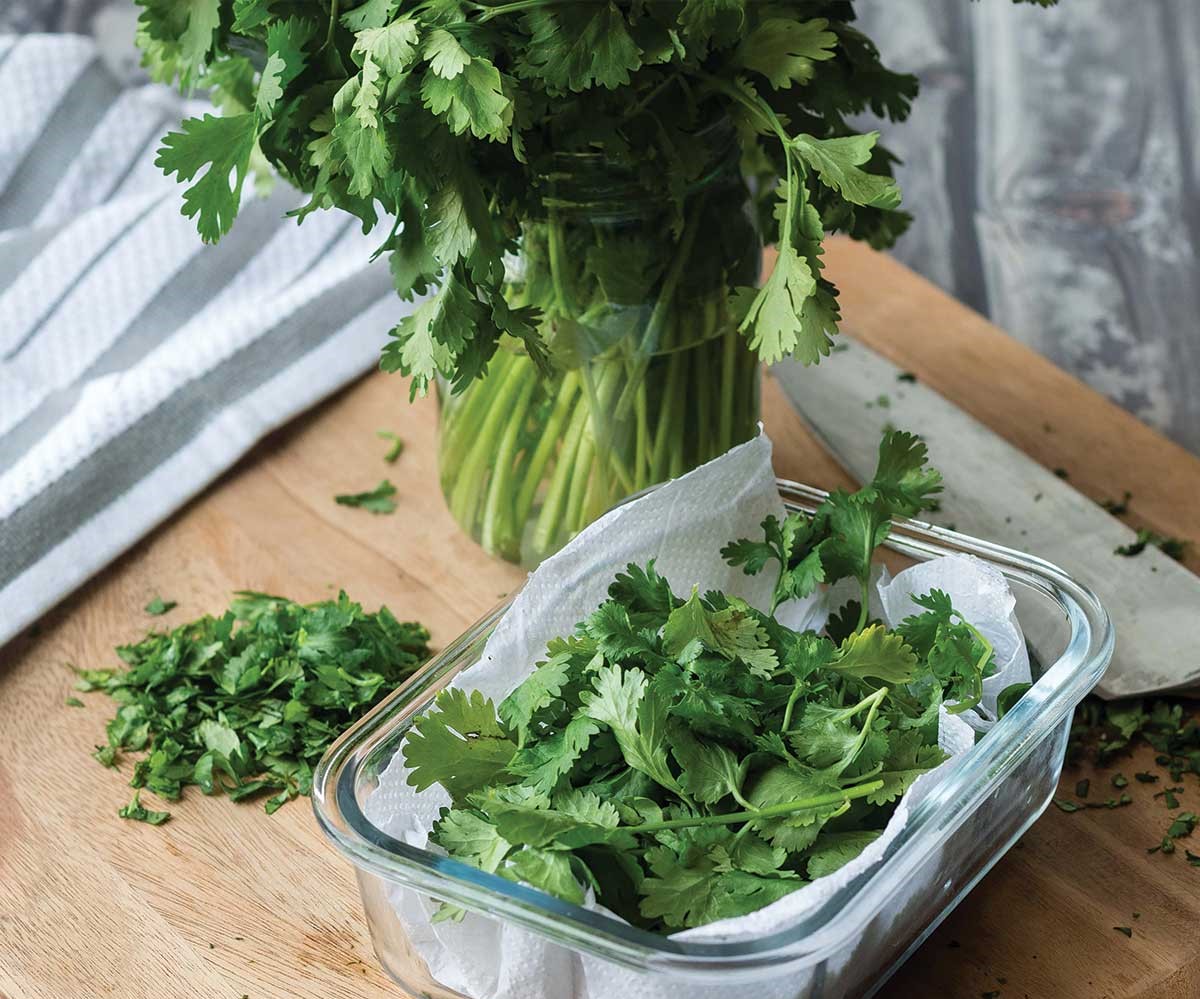

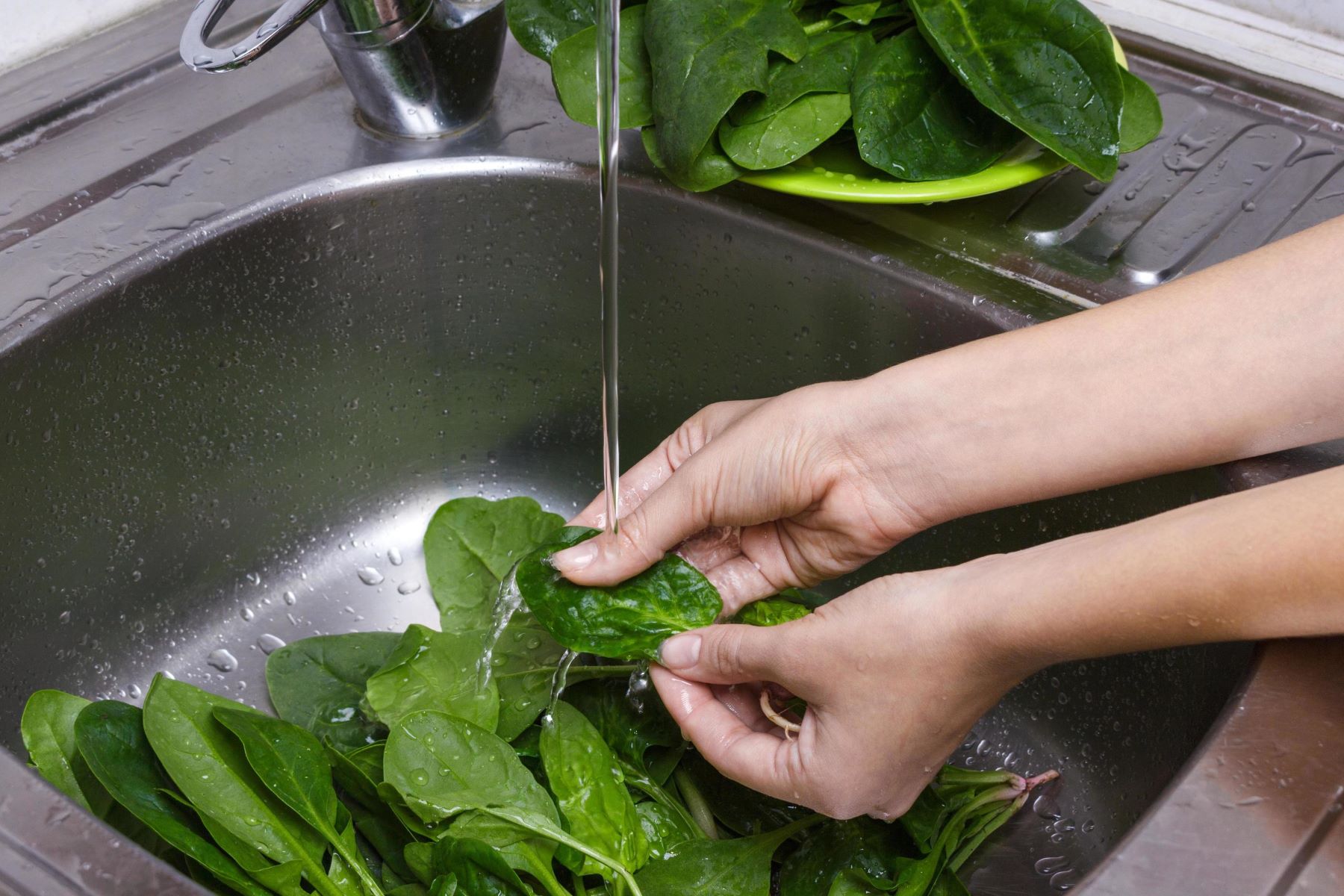
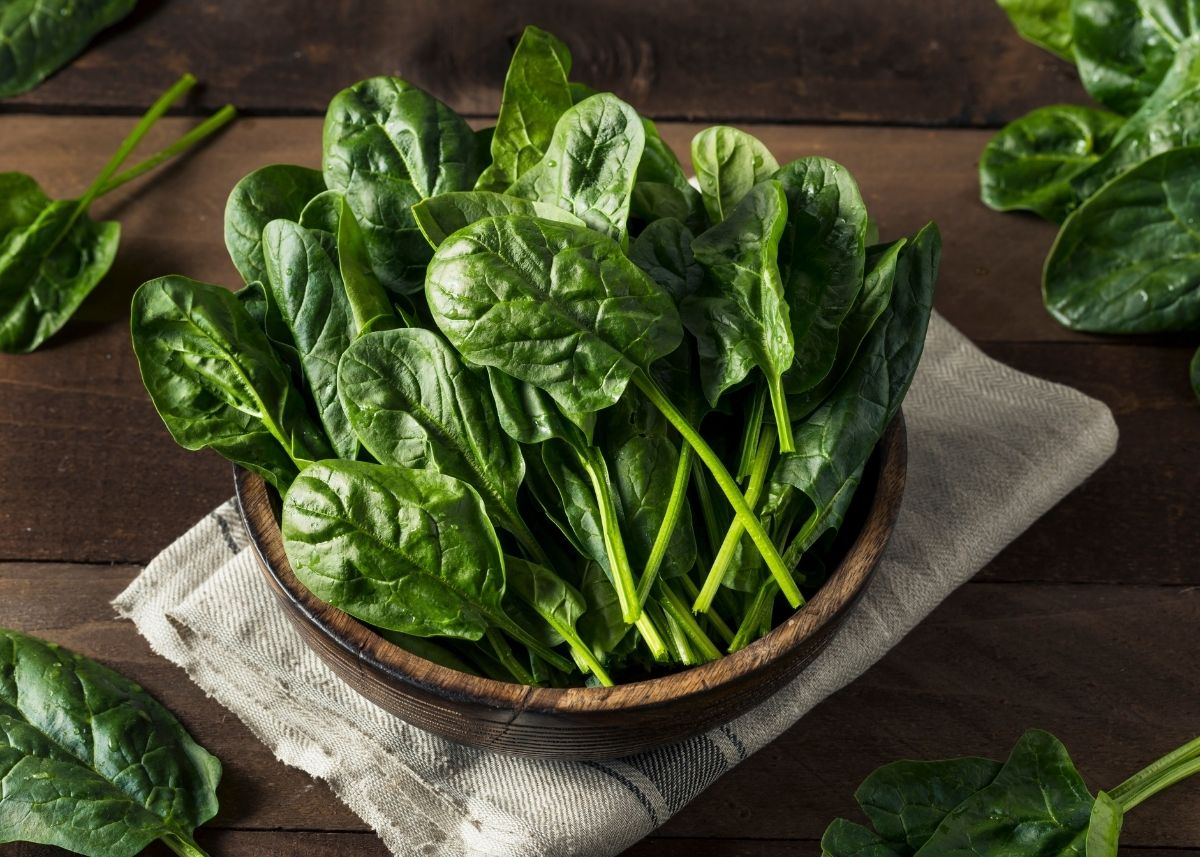




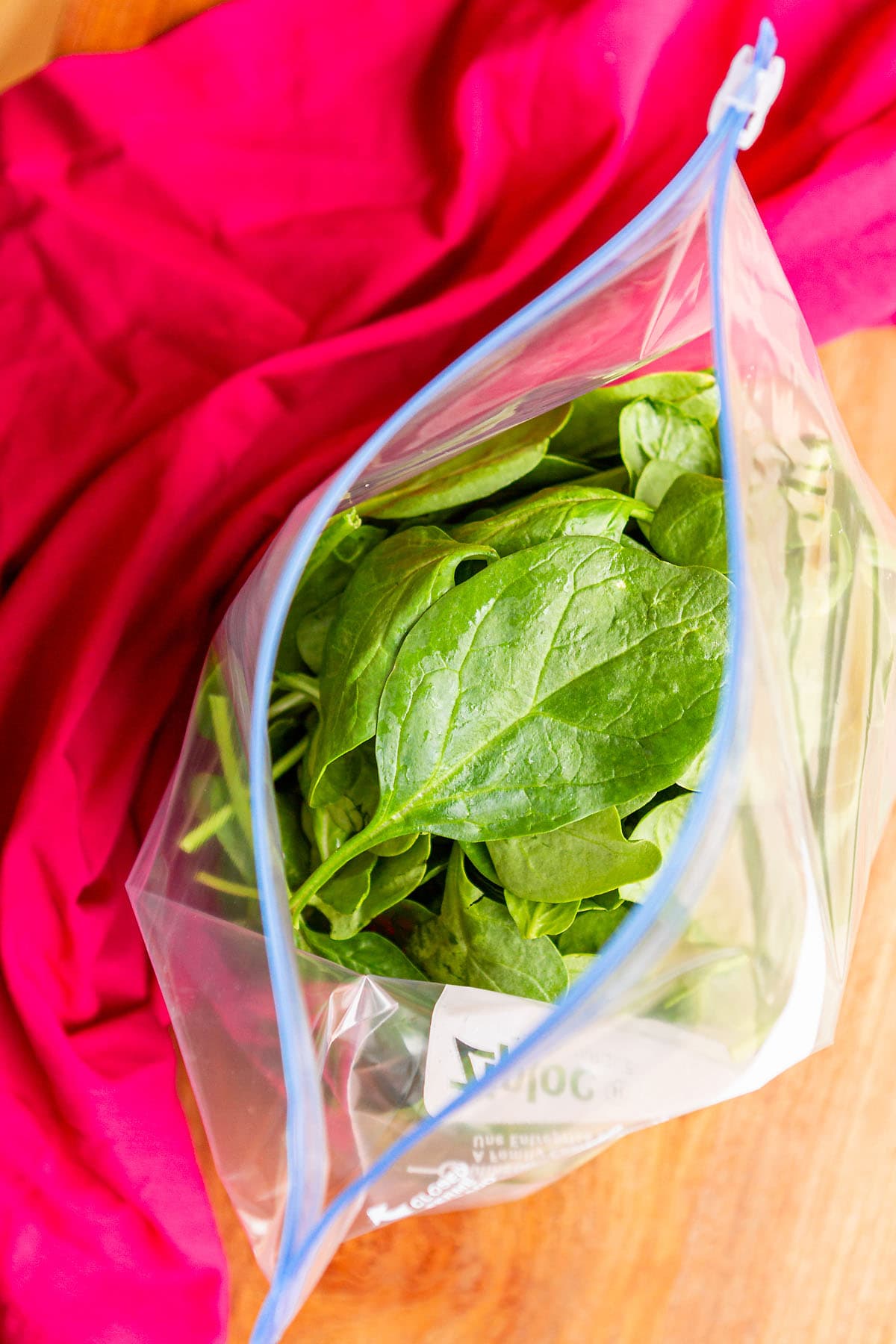


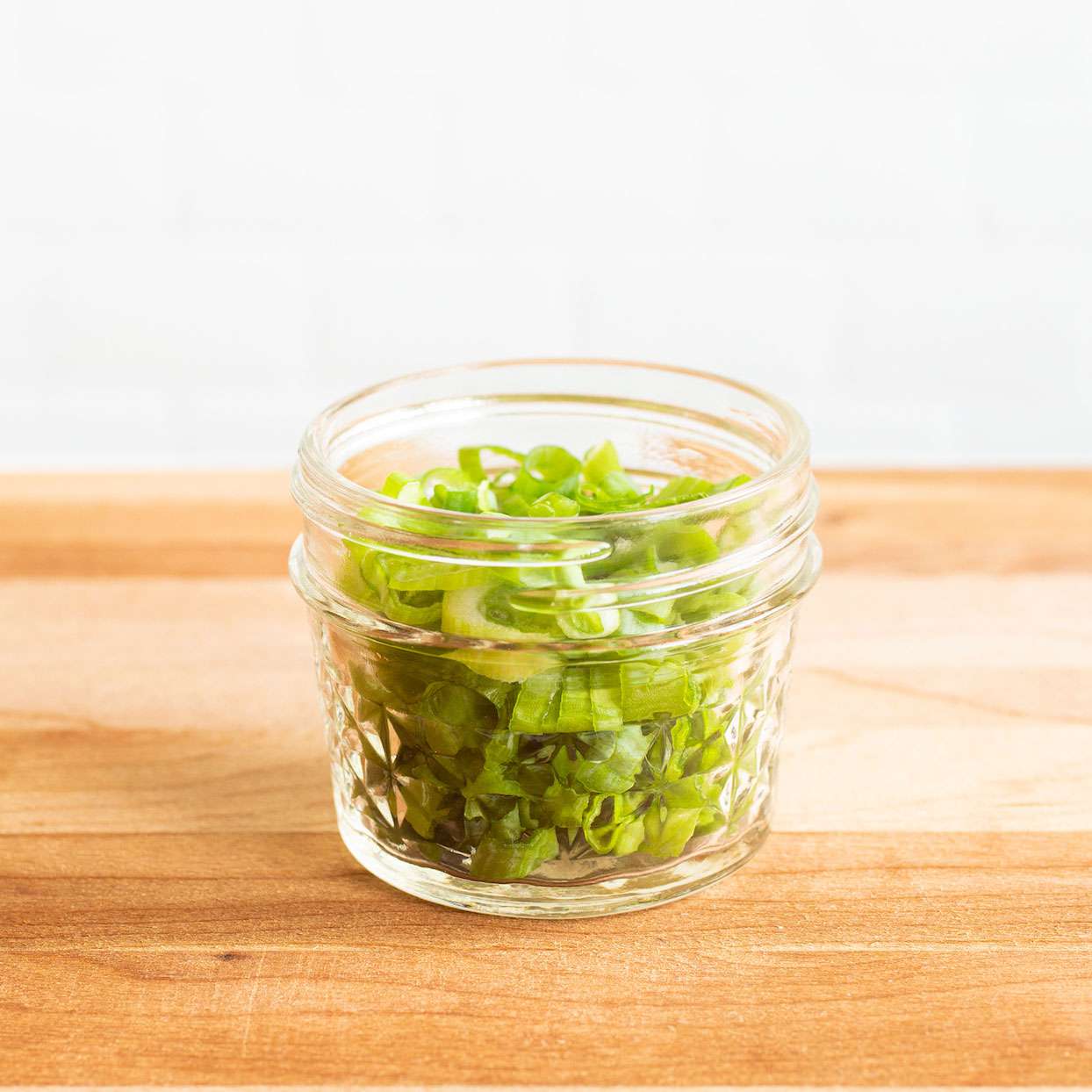

0 thoughts on “How To Store Spinach For Months”